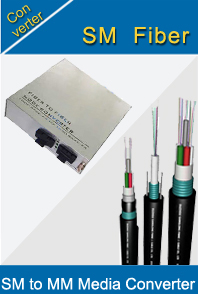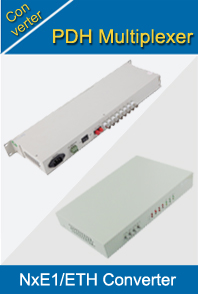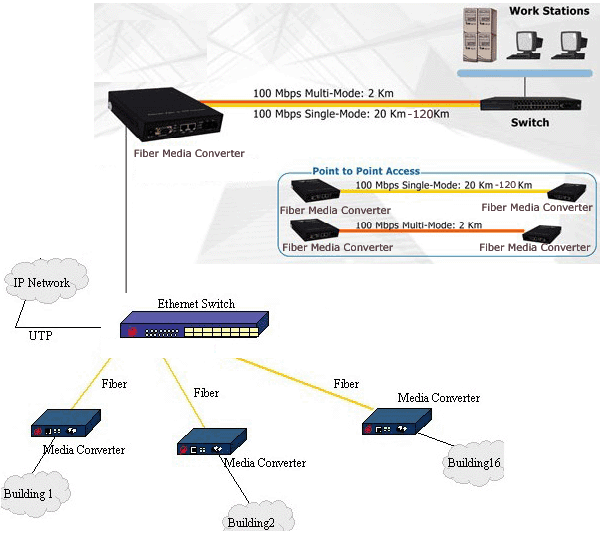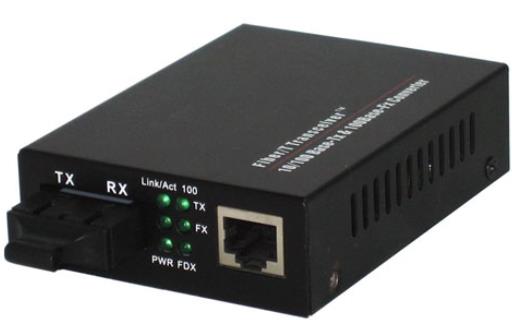-

- Sopto Home
-

- Special Topic
-

- Converter Knowledge
-

- Classification of Fiber Media Converter
Converter Knowledge
- Form Factors and Application of Ethernet Media Converter
- Ethernet over 4 E1 Converter Brief Introduction
- What is the Difference between RS232 and RS485 Serial Interfaces
- What is the Difference between RS232 and RS485 Serial Interfaces
- How to Convert an Analog Telephone to VoIP Protocol?
- How to Find the Internet Protocol Address and Media Access Contr
- How to Convert from Fast Ethernet to Fiber Optics?
- How to Connect a Fiber Converter?
- How to Convert Ethernet to Fiber Media Converters?
SOPTO Special Topic
Certificate



Guarantee
Except products belongs to Bargain Shop section, all products are warranted by SOPTO only to purchasers for resale or for use in business or original equipment manufacturer, against defects in workmanship or materials under normal use (consumables, normal tear and wear excluded) for one year after date of purchase from SOPTO, unless otherwise stated...
Return Policies
Defective products will be accepted for exchange, at our discretion, within 14 days from receipt. Buyer might be requested to return the defective products to SOPTO for verification or authorized service location, as SOPTO designated, shipping costs prepaid. .....
Applications
An Ethernet to Fiber Media Converter can also be used where there is high level of electromagnetic interference or EMI which is a common phenomenon found in industrial plants. This interference can cause corruption of data over copper-based ethernet links. Data transmitted over fiber optic cable however is completely immune to this type of noise. An Ethernet to Fiber Optic Converter therefore enables you to inter-connect your copper-ethernet devices over fiber ensuring optimal data transmission across the plant floor.
SOPTO Products
- Fiber Optic Transceiver Module
- High Speed Cable
- Fiber Optical Cable
- Fiber Optical Patch Cords
- Splitter CWDM DWDM
- PON Solution
- FTTH Box ODF Closure
- PCI-E Network Card
- Network Cables
- Fiber Optical Adapter
- Fiber Optical Attenuator
- Fiber Media Converter
- PDH Multiplexers
- Protocol Converter
- Digital Video Multiplexer
- Fiber Optical Tools
- Compatible
Related Products
Performance Feature
Converter Knowledge
Recommended


Classification of Fiber Media Converter
According to the Fibre nature, the fiber media converter can be divided into the single mode fiber media converter, which supports 20km~120km transmission distance, and multi-mode fiber media converter, which supports 2km~5km transmission distance.
Generally, the 5km fiber media converter has -20~-14dB transmitting power and about -30 receiving sensitivity, working at 1310nm wavelength.
The 120km fiber media converter has -5~0dB transmitting power and about -38dB receiving sensitivity, working at 1550nm wavelength.
According to the data rate, the fiber media converter can be divided into the 10M fiber media converter, 100M Ethernet fiber media converter, 10/100M adaptive ethernet media converter, 1000M Ethernet fiber media converter and 10/100/1000M Ethernet fiber media converter.
10M and 100M Ethernet fiber media converter is operated at the physical layer; while 10/100M adaptive Ethernet fiber media converter at the data link layer.
The data forwarding of 10M and 100M Ethernet fiber media converter has advantages of high speed, high permeation rate and low latency. Therefore, they are suitable for fixed rate links. At the same time, 10M and 100M products have no auto-negotiation so that they have a better compatibility and stability.
10M/100M Fast Ethernet Media Converter
According to the structure, the Ethernet fiber media converter can be divided into the desktop fiber media converter (standalone) and rack-mounted fiber media converter. The desktop fiber media converter is suitable for single user. The rack-mounted fiber media converter is suitable for multi-user. At present, the common rack-mounted fiber media converter is 16 slots product.
According to the type of management, it can be divided into the Unmanaged Ethernet fiber media converter and managed Ethernet fiber media converter.
According to the power supply, it can be divided into the internal fiber media converter and external fiber media converter.
According to the working mode, it can be divided into the full duplex fiber media converter and half duplex fiber media converter.
According to the number of fiber, it can be divided into the single-fiber media converter and dual-fiber media converter.
When you purchase fiber media converter, please select the best one according to your demand.
Related Knowledge:
Media Converters and Repeaters
How to select and purchase fiber media converter?





